
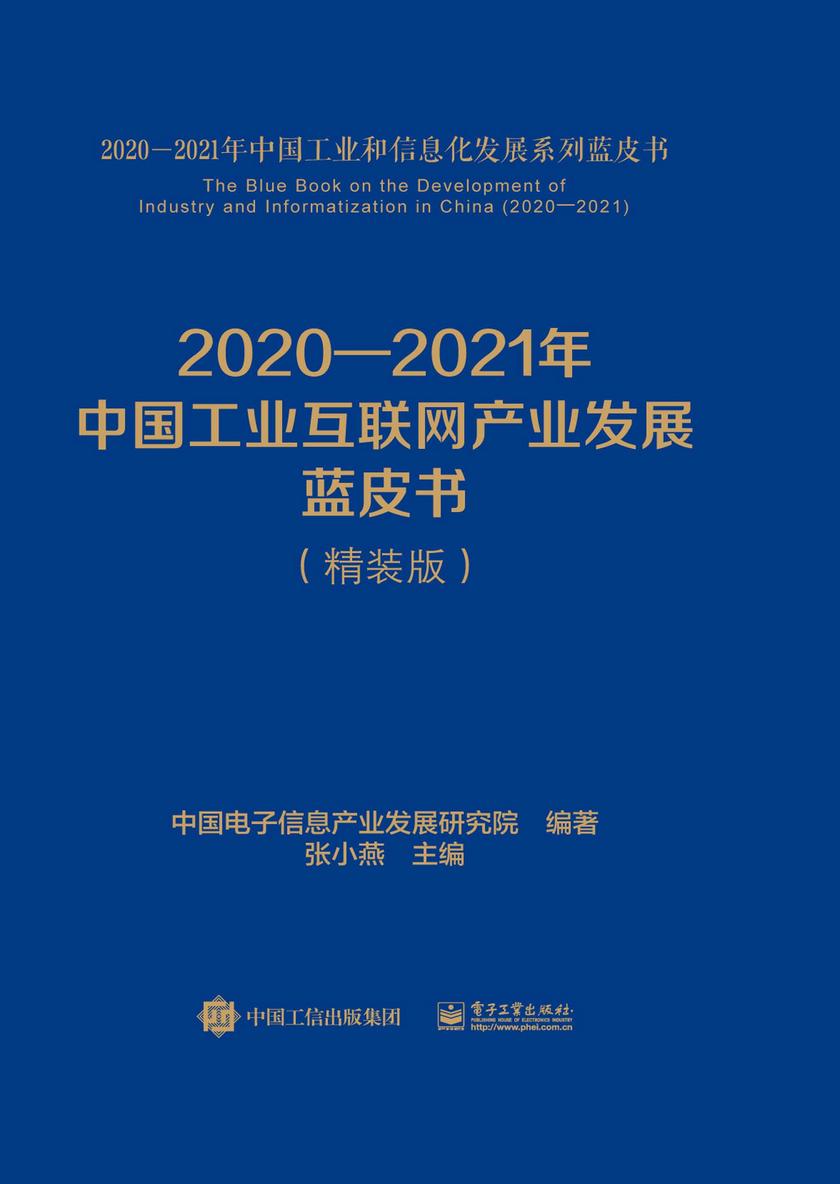
2020—2021年中国工业互联网产业发展蓝皮书(精装版)
¥358.80
暂无

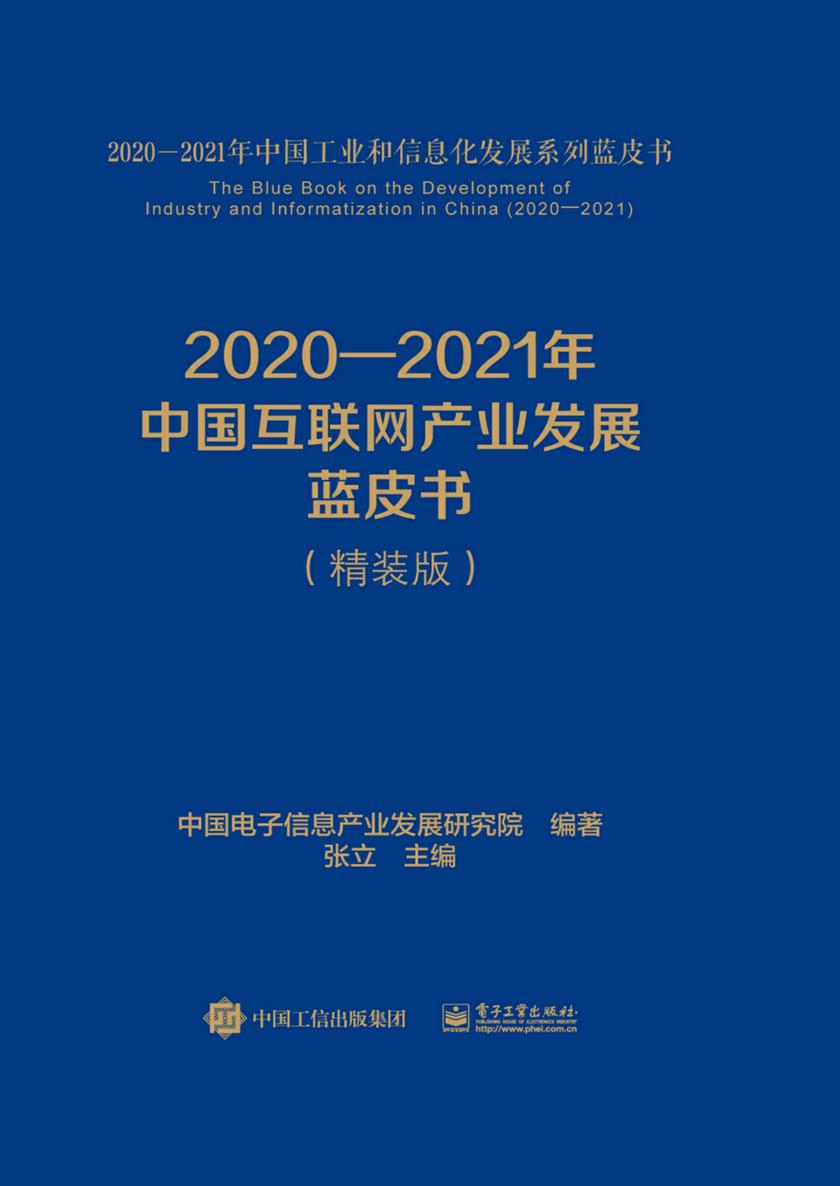
2020—2021年中国互联网产业发展蓝皮书(精装版)
¥358.80
暂无


2020—2021年中国战略性新兴产业发展蓝皮书(精装版)
¥358.80
暂无


慢读经典系列(套装共18册)
¥358.00
本套装包括《中国通史(国史经典插图版)》《人性的弱点(插图珍藏版)》、《1984(插图珍藏版)》、《动物农场》、《自卑与超越(精装)》、《名人传(慢读系列)》、《把信送给加西亚(精装插图版) (“慢读”系列)》、《梦的解析(经典畅销版)》、《乌合之众:群体时代的大众心理》、《月亮与六便士(一部写给千万文艺青年的梦想之书)》、《悲观声浪里的乐观》、《老人与海》、《朝花夕拾(珍藏版)》、《昆虫记(精美插图版)》、《菊与刀》、 《曾国藩家书(李鸿章校勘,随文夹注版)》、《假如给我三天光明》、《弗洛伊德,性学与爱情心理学》


重塑你的亲密关系(套装共15册)
¥358.00
本套装包括:《走出孤独:建立真实关系,重获亲密与爱》、《当爱变成了情感操纵:如何摆脱以爱为名的控制,重寻亲密、自在的情感关系》、《在亲密关系中成长:如何摆脱亲密关系中的焦虑、痛苦与不安全感》、《与内心的冲突和解:激发人生动力的内在成长课!》、《关系的重建:男人来自火星,女人来自金星作者强烈推荐》、《依赖共生:深度揭秘亲密关系中的吸引力法则》、《性格的重建:30天重塑自我,给人生一个重新出发的机会》、《与童年创伤和解:化解内心冲突的深度指南》、《极简幸福:摆脱15个让你远离幸福的思维误区》、《与原生家庭和解》、《亲密关系心理学》、《与真实的自己和解(不是对现实妥协,而是全然接纳和善待自己)》、《披着羊皮的狼:如何与控制型人格相处》、《连接感:如何应对亲密关系中的焦虑》、《心的重建:生命中的失去,就是重整命运的机会》


对自己的人生不设限(套装共15册)
¥358.00
本套装包括:《目标的力量:从目标看格局,让境界定结局》、《走出舒适区:如何突破自我设限,获得持久行动力》、《自律的你真美:横扫日本的阶梯式自律养成术》、《你的自信,所向披靡》、《高效赋能》、《走红思维》、《高能工作法:终结低效努力的深度思维》、《格局的力量》、《走出孤独:建立真实关系,重获亲密与爱》、《内在勇气:康熙来了特邀心理专家为你量身打造自信人生!》、《出众,从改变习惯开始:迈向卓越人生的七大习惯法则!》、《你的情商,决定你的人生高度》、《越独立,越高贵:把一个人的生活过得光芒万丈》、《极简思维:颠覆传统思维模式的极简法则》、《超越自卑:如何运用同理心战胜自卑感》


简·爱
¥358.00
自幼失去父母的简爱寄人篱下,饱受舅妈一家的虐待。之后被送去条件艰苦的慈善学校,收获了友情与知识,并留校成为了一名教师。学校的生活稳定但枯燥,已无法填满简爱对未知的向往。她在报纸上刊登求职广告,一周后收到了一封米尔科特附近索恩菲尔庄园的来信,希望她能成为家庭教师。简爱离了自童年时期一直生活学习的地方,始另一段旅程。索恩菲尔这个名字,以及它的拥有者,即将与简爱发生紧密的联系,并伴随她的一生。
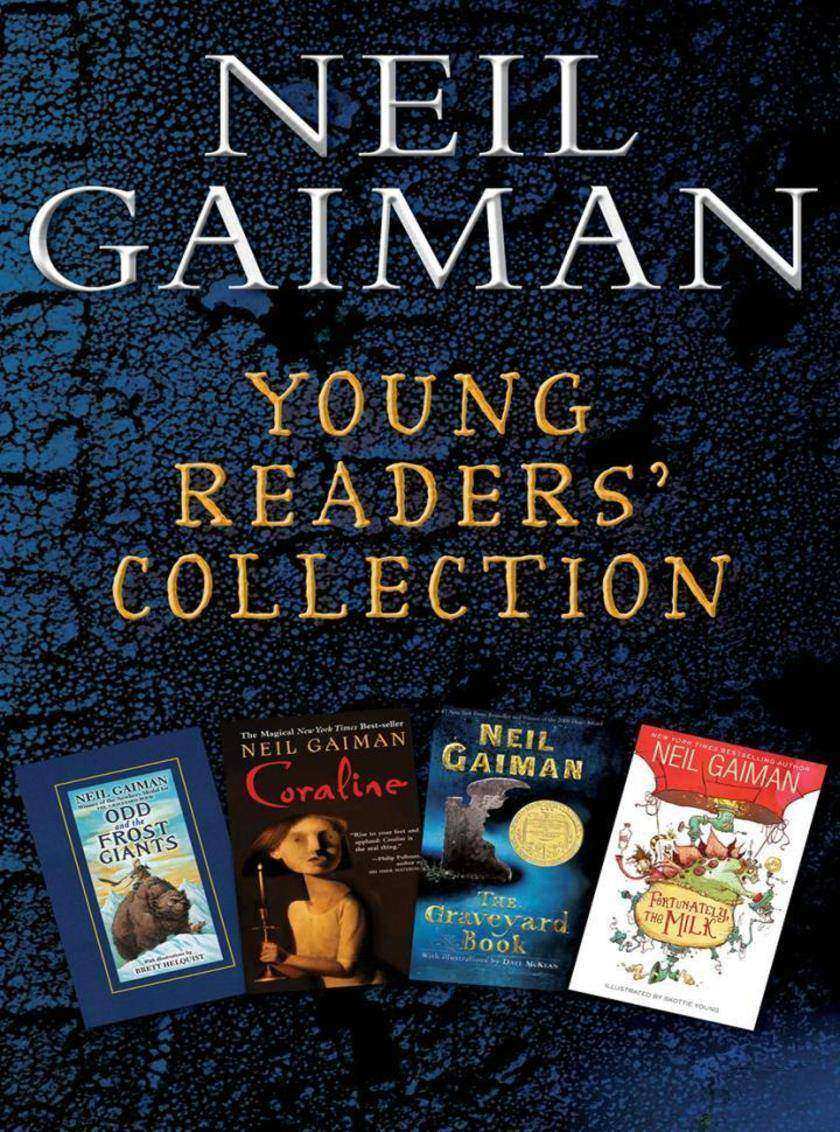
Neil Gaiman Young Readers' Collection
¥356.00
Neil Gaiman—winner of both a Newbery and Carnegie Medal—presents four of his best-loved acclaimed novels for young readers in this collection.Coraline: When Coraline steps through a door to find another house strangely similar to her own (only better), things seem marvelous. But there's another mother there, and another father, and they want her to stay and be their little girl. They want to change her and never let her go. Coraline will have to fight with all her wit and courage if she is to save herself and return to her ordinary life.The Graveyard Book: Bod is an unusual boy who inhabits an unusual place—he's the only living resident of a graveyard. Raised from infancy by the ghosts, werewolves, and other cemetery denizens, Bod has learned the antiquated customs of his guardians' time as well as their ghostly teachings. But can a boy raised by ghosts face the wonders and terrors of the worlds of both the living and the deadThe Graveyard Book won the Newbery Medal and the Carnegie Medal and is a Hugo Award Winner for Best Novel.Odd and the Frost Giants: In this inventive, short, yet perfectly formed novel inspired by traditional Norse mythology, Neil Gaiman takes readers on a wild and magical trip to the land of giants and gods and back.Fortunately, the Milk: Find out just how odd things get in this hilarious New York Times bestselling story of time travel and breakfast cereal, expertly told by Newbery Medalist and bestselling author Neil Gaiman and illustrated by Skottie Young.

Kim Harrison Bundle #3
¥356.00
Get four novels in Kim Harrison's #1 New York Times bestselling Hollows series as one e-book! This bundle includes Pale Demon, A Perfect Blood, Ever After, and The Undead Pool. Discover this great series at a special price!Pale DemonCondemned and shunned for black magic,Rachel Morgan has three days to get to the annual witches’ conference and clear her name, or be trapped in the?demonic?ver-after . . . forever after.?But a witch, an elf, a living vampire, and a pixy in one car going across the countryTalk about a recipe for certain disaster, even without being the targets for assassination.?For after centuries of torment, a fearsome demon walks in the sunlight—freed at last to slay the innocent and devour their souls.But his ultimate goal is Rachel Morgan, and in the fight for survival that follows, even embracing her own demonic nature may not be enough to save her.A Perfect BloodRitually murdered corpses are appearing across Cincinnati, terrifying amalgams of human and other.?Pulled in by the FIB to help investigate, former witch-turned-day-walking demon Rachel Morgan soon realizes a horrifying truth: others want to create their own demons, and to do so they need her blood.?She’s faced vampires, witches, werewolves, demons, and more—but this time Rachel’s toughest challenge might be humanity itself.Ever AfterThe ever-after, the demonic realm that parallels our own, is shrinking, and it's up to witch-turned-daywalking-demon Rachel Morgan to stop it before the fragile balance between Inderlanders and humans falls apart.?Of course, there's also the small fact that Rachel caused the ley line to rip in the first place. And the most powerful demon in the ever-after, the soul-eater Ku'Sox Sha-Ku'ru, has kidnapped her friend and her goddaughter as leverage in his quest for vengeance. If Rachel doesn't give herself up for execution, they will die.?Rachel must team up with elven tycoon Trent Kalamack— a partnership fraught with perils of the heart and soul— to rescue those she loves.The Undead PoolWitch and day-walking demon Rachel Morgan has managed to save the demonic ever-after from shrinking, but at a high cost. Now, strange magic is attacking Cincinnati and the Hollows, causing spells to backfire or go horribly wrong, and the truce between the Inderlander and human races is shattering. Rachel must stop this dark necromancy before an all-out supernatural war breaks out.?Rachel knows of only one weapon to ensure the peace: ancient elven wild magic, which carries its own perils. And no one knows better than Rachel that no good deed goes unpunished?…


回望历史,红色经典(全9册)
¥355.00
一座城市的历史,总有几多人令人崇敬而万古流芳,总有几多事永载史册而令人永志难忘!


“文津奖”获奖图书选集(共10册)
¥354.99
文津图书奖获奖作品精选《书籍秘史》《耶路撒冷三千年》《鳗鱼的旅行》《给孩子讲量子力学》《汉字就是这么来的》(全集)


爆笑可爱的二次元美食家:我是不白吃漫画集(共7册)
¥353.99
不白吃全彩知识漫画 套装全7册:美食的十万个为什么+大中华美食1+2+世界美食+山海经1-3 7大地理分区,64道色香味俱全的中华美食;涵盖七大洲,58道色香味俱全的世界美食,畅读美食背后的名人轶事,历史文化、植物学、生物学、趣味八卦…… 万物皆可吃?超有趣、超生动,脑洞大开,《山海经》原来是一部上古怪兽食用指南。跟着不白吃,让孩子爱上阅读,轻松读懂山海经! 关于美食的趣味冷知识这里都有!看美食冷知识指南,满足你所有的好奇心

Alafair Burke's Ellie Hatcher Collection
¥353.67
From bestselling thriller author Alafair Burke come books 2-4 in her popular Ellie Hatcher series: 212, Angel's Tip, and Never Tell.

Once Out of Nature
¥353.16
Once Out of Nature offers an original interpretation of Augustine's theory of time and embodiment. Andrea Nightingale draws on philosophy, sociology, literary theory, and social history to analyze Augustine's conception of temporality, eternity, and the human and transhuman condition.?In Nightingale's view, the notion of embodiment illuminates a set of problems much larger than the body itself: it captures the human experience of being an embodied soul dwelling on earth. In Augustine's writings, humans live both in and out of nature-exiled from Eden and punished by mortality, they are "e;resident aliens"e; on earth. While the human body is subject to earthly time, the human mind is governed by what Nightingale calls psychic time. For the human psyche always stretches away from the present moment-where the physical body persists-into memories and expectations. As Nightingale explains, while the body is present in the here and now, the psyche cannot experience self-presence. Thus, for Augustine, the human being dwells in two distinct time zones, in earthly time and in psychic time. The human self, then, is a moving target.?Adam, Eve, and the resurrected saints, by contrast, live outside of time and nature: these transhumans dwell in an everlasting present.?Nightingale connects Augustine's views to contemporary debates about transhumans and suggests that Augustine's thought reflects our own ambivalent relationship with our bodies and the earth. Once Out of Nature offers a compelling invitation to ponder the boundaries of the human.
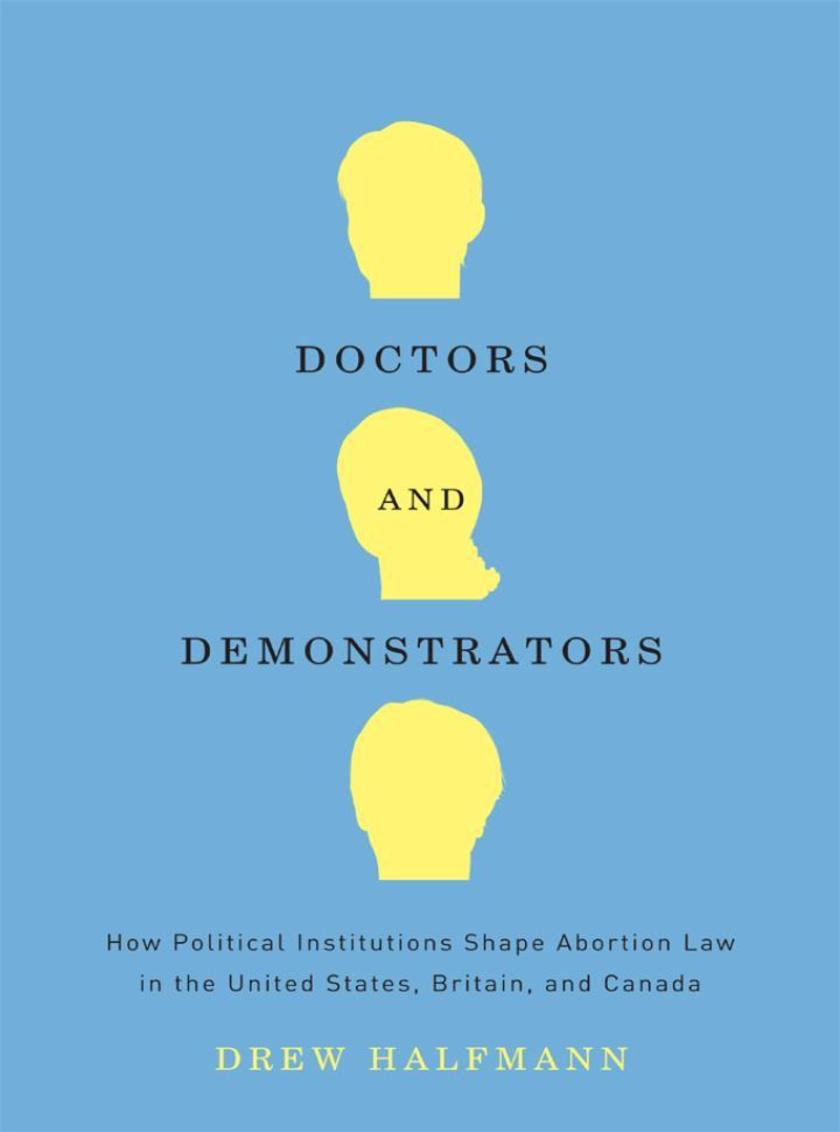
Doctors and Demonstrators
¥353.16
Since Roe v. Wade, abortion has continued to be a divisive political issue in the United States. In contrast, it has remained primarily a medical issue in Britain and Canada despite the countries' shared heritage. Doctors and Demonstrators looks beyond simplistic cultural or religious explanations to find out why abortion politics and policies differ so dramatically in these otherwise similar countries.?Drew Halfmann argues that political institutions are the key. In the United States, federalism, judicial review, and a private health care system contributed to the public definition of abortion as an individual right rather than a medical necessity. Meanwhile, Halfmann explains, the porous structure of American political parties gave pro-choice and pro-life groups the opportunity to move the issue onto the political agenda. A groundbreaking study of the complex legal and political factors behind the evolution of abortion policy, Doctors and Demonstrators will be vital for anyone trying to understand this contentious issue.

Maternal Effects in Mammals
¥353.16
Evolutionary maternal effects occur whenever a mother's phenotypic traits directly affect her offspring's phenotype, independent of the offspring's genotype. Some of the phenotypic traits that result in maternal effects have a genetic basis, whereas others are environmentally determined. For example, the size of a litter produced by a mammalian mother-a trait with a strong genetic basis-can affect the growth rate of her offspring, while a mother's dominance rank-an environmentally determined trait-can affect the dominance rank of her offspring. The first volume published on the subject in more than a decade, Maternal Effects in Mammals reflects advances in genomic, ecological, and behavioral research, as well new understandings of the evolutionary interplay between mothers and their offspring. Dario Maestripieri and Jill M. Mateo bring together a learned group of contributors to synthesize the vast literature on a range of species, highlight evolutionary processes that were previously overlooked, and propose new avenues of research. Maternal Effects in Mammals will serve as the most comprehensive compendium on and stimulus for interdisciplinary treatments of mammalian maternal effects.
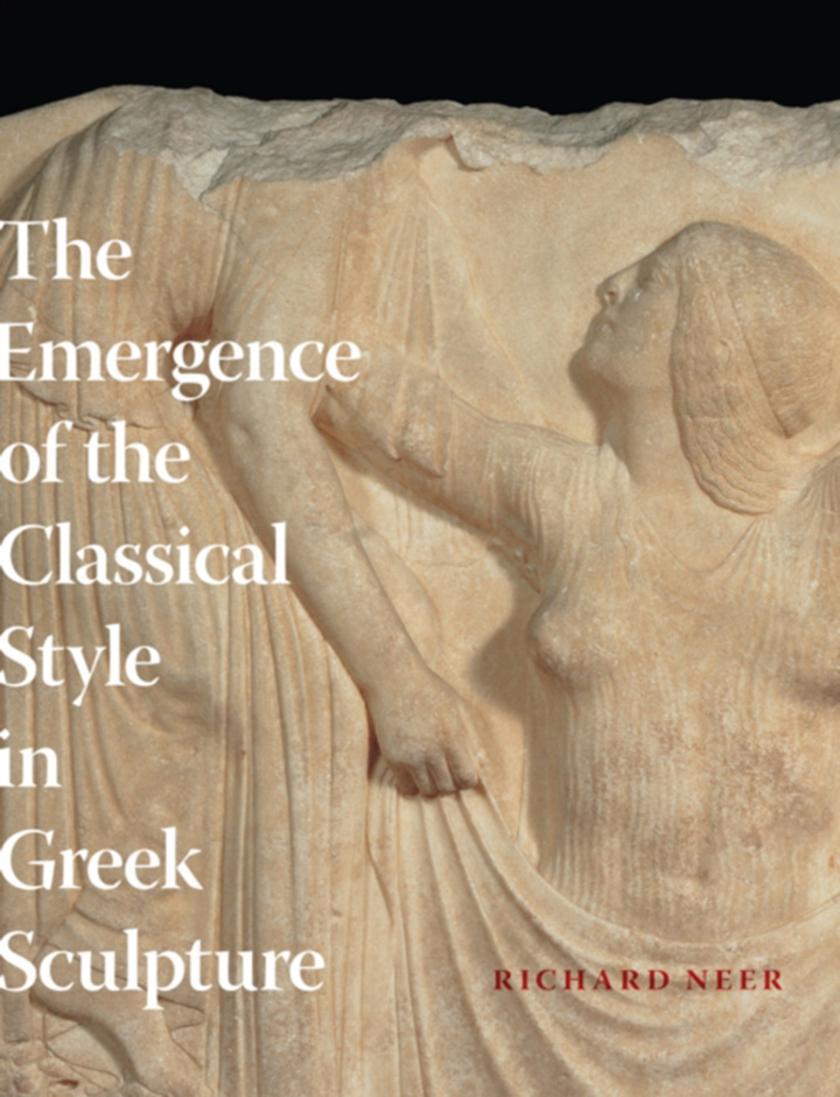
The emergence of the Classical Style in Greek Sculpture
¥353.16
This book was written in Chicago and Rome during the years 2002-2005.Difficulties in obtaining photographs (some insurmountable) delayed publication; the bibliography is reasonably up to date through early 2006 but later additions have been unsystematic.

Extreme Measures
¥353.16
Along with reproduction, balancing energy expenditure with the limits of resource acquisition is essential for both a species and a population to survive. But energy is a limited resource, as we know well, so birds and mammals-the most energy-intensive fauna on the planet-must reduce energy expenditures to maintain this balance, some taking small steps, and others extreme measures.Here Brian K. McNab draws on his over sixty years in the field to provide a comprehensive account of the energetics of birds and mammals, one fully integrated with their natural history. McNab begins with an overview of thermal rates-much of our own energy is spent maintaining our 98.6?F temperature-and explains how the basal rate of metabolism drives energy use, especially in extreme environments. He then explores those variables that interact with the basal rate of metabolism, like body size and scale and environments, highlighting their influence on behavior, distribution, and even reproductive output. Successive chapters take up energy and population dynamics and evolution. A critical central theme that runs through the book is how the energetic needs of birds and mammals come up against rapid environmental change and how this is hastening the pace of extinction.
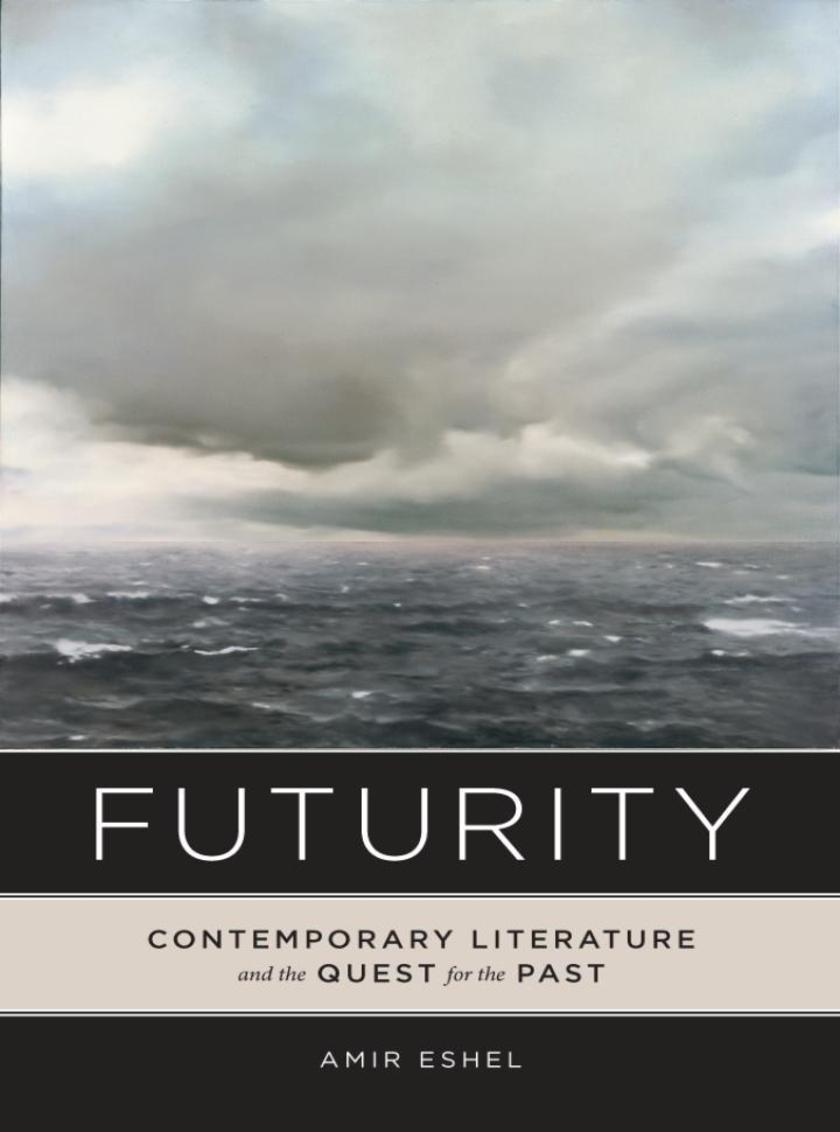
Futurity
¥353.16
When looking at how trauma is represented in literature and the arts, we tend to focus on the weight of the past. In this book, Amir Eshel suggests that this retrospective gaze has trapped us in a search for reason in the madness of the twentieth century's catastrophes at the expense of literature's prospective vision. Considering several key literary works, Eshel argues in Futurity that by grappling with watershed events of modernity, these works display a future-centric engagement with the past that opens up the present to new political, cultural, and ethical possibilities-what he calls futurity.?Bringing together postwar German, Israeli, and Anglo-American literature, Eshel traces a shared trajectory of futurity in world literature. He begins by examining German works of fiction and the debates they spurred over the future character of Germany's public sphere. Turning to literary works by Jewish-Israeli writers as they revisit Israel's political birth, he shows how these stories inspired a powerful reconsideration of Israel's identity. Eshel then discusses post-1989 literature-from Ian McEwan's Black Dogs to J. M. Coetzee's Diary of a Bad Year-revealing how these books turn to events like World War II and the Iraq War not simply to make sense of the past but to contemplate the political and intellectual horizon that emerged after 1989. Bringing to light how reflections on the past create tools for the future, Futurity reminds us of the numerous possibilities literature holds for grappling with the challenges of both today and tomorrow.

Enigma of the Aerofoil
¥353.16
Why do aircraft flyHow do their wings support themIn the early years of aviation, there was an intense dispute between British and German experts over the question of why and how an aircraft wing provides lift. The British, under the leadership of the great Cambridge mathematical physicist Lord Rayleigh, produced highly elaborate investigations of the nature of discontinuous flow, while the Germans, following Ludwig Prandtl in Gottingen, relied on the tradition called "e;technical mechanics"e; to explain the flow of air around a wing. Much of the basis of modern aerodynamics emerged from this remarkable episode, yet it has never been subject to a detailed historical and sociological analysis.?In The Enigma of the Aerofoil, David Bloor probes a neglected aspect of this important period in the history of aviation. Bloor draws upon papers by the participants-their restricted technical reports, meeting minutes, and personal correspondence, much of which has never before been published-and reveals the impact that the divergent mathematical traditions of Cambridge and Gttingen had on this great debate. Bloor also addresses why the British, even after discovering the failings of their own theory, remained resistant to the German circulation theory for more than a decade. The result is essential reading for anyone studying the history, philosophy, or sociology of science or technology-and for all those intrigued by flight.
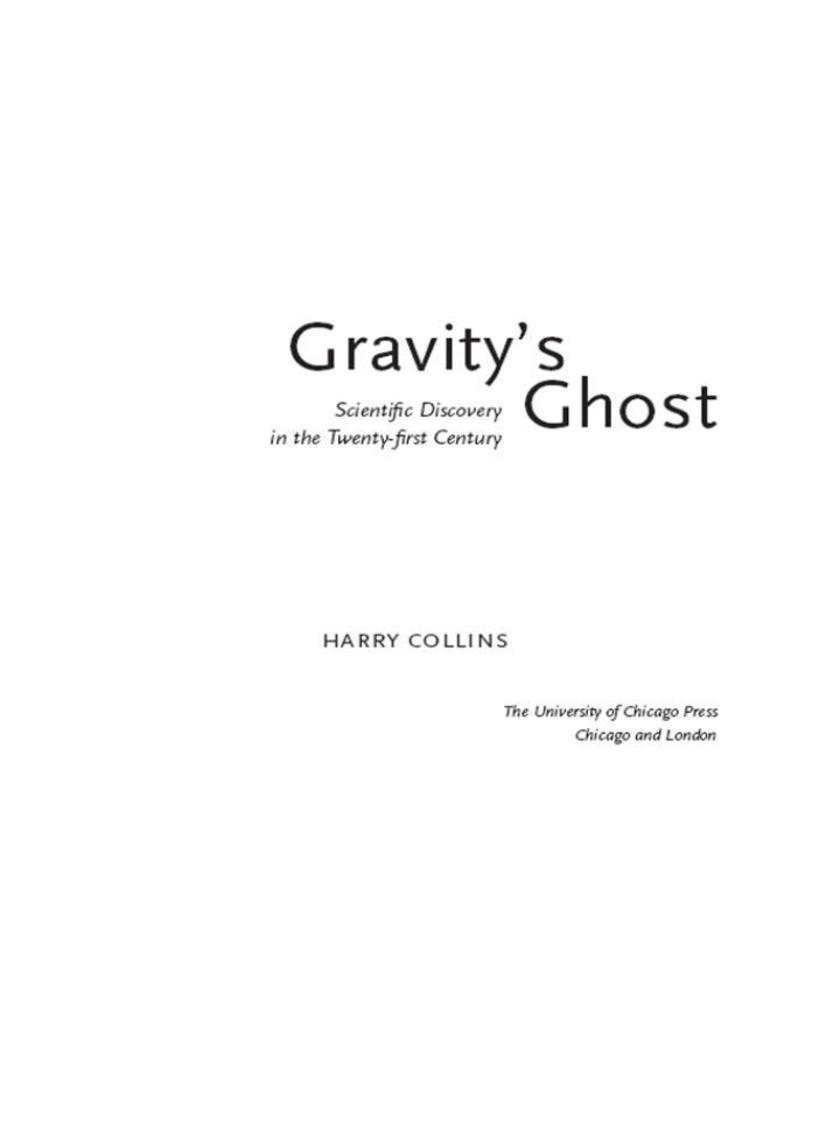
Gravity's Ghost
¥353.16
In theory, at least, gravitational waves do exist. We are constantly bathed in gravitational radiation, which is generated when stars explode or collide and a portion of their mass becomes energy that ripples out like a disturbance on the surface of a serene pond. But unfortunately no gravitational wave has ever been directly detected even though the search has lasted more than forty years.As the leading chronicler of the search for gravitational waves, Harry Collins has been right there with the scientists since the start. The result of his unprecedented access to the front lines of physical science is Gravity's Ghost, a thrilling chronicle of high-stakes research and cutting-edge discovery. Here, Collins reveals that scientific discovery and nondiscovery can turn on scientific traditions and rivalries, that ideal statistical analysis rests on impossible procedures and unattainable knowledge, and that fact in one place is baseless assumption in another.?He also argues that sciences like gravitational wave detection, in exemplifying how the intractable is to be handled, can offer scientific leadership a moral beacon for the twenty-first century. In the end, Gravity's Ghost shows that discoveries are the denouements of dramatic scientific mysteries.




 购物车
购物车 个人中心
个人中心



